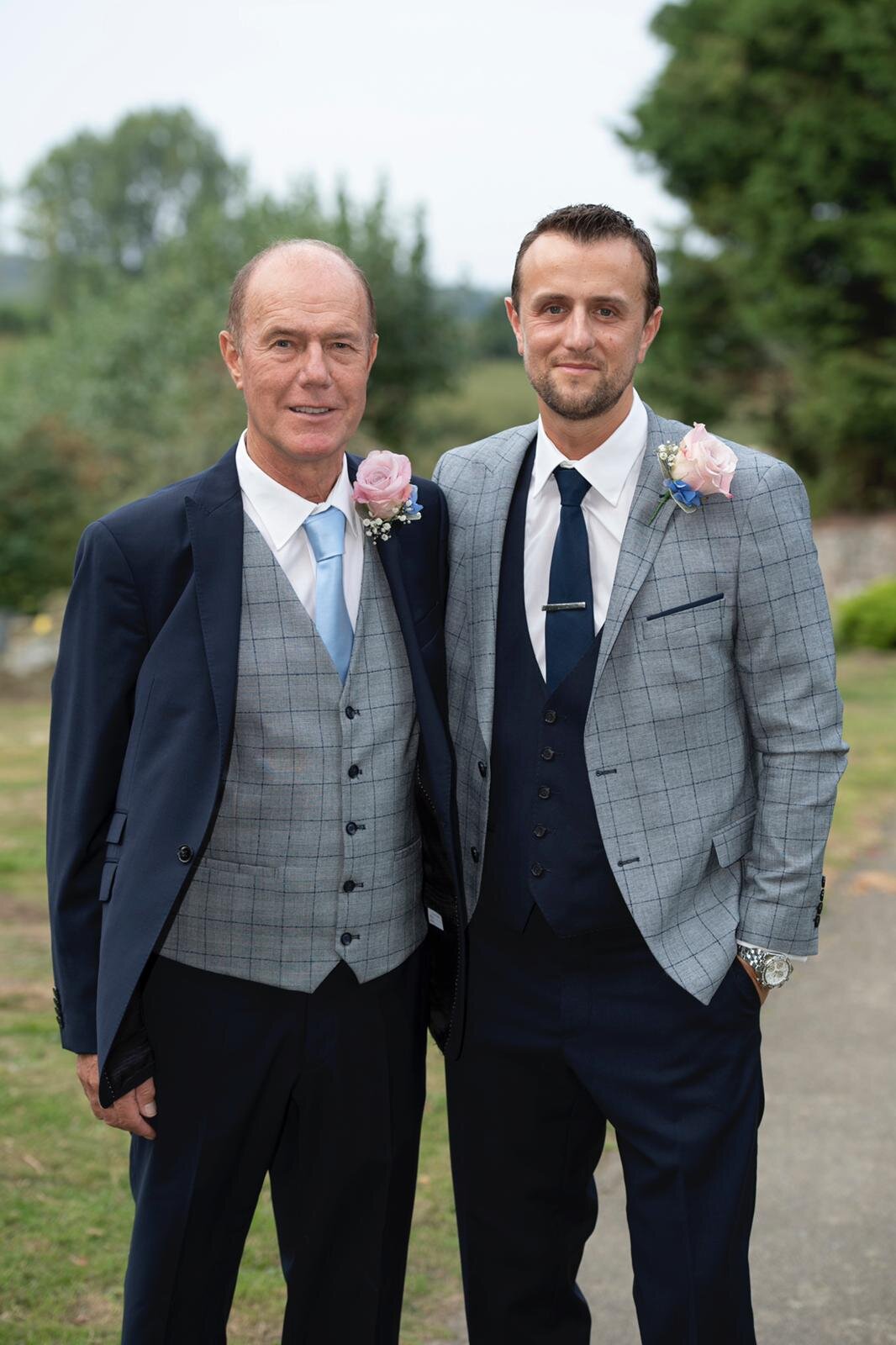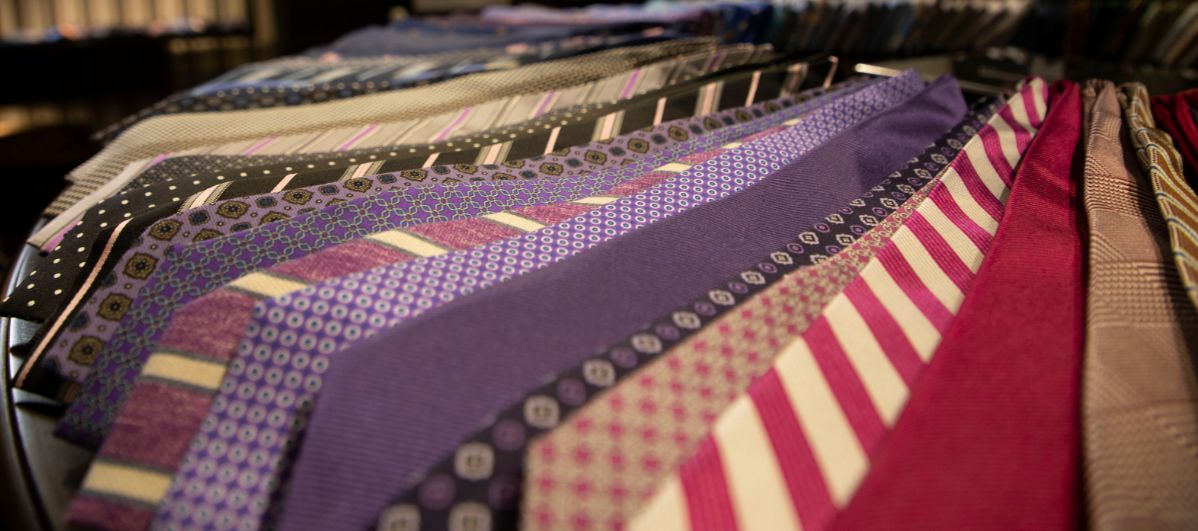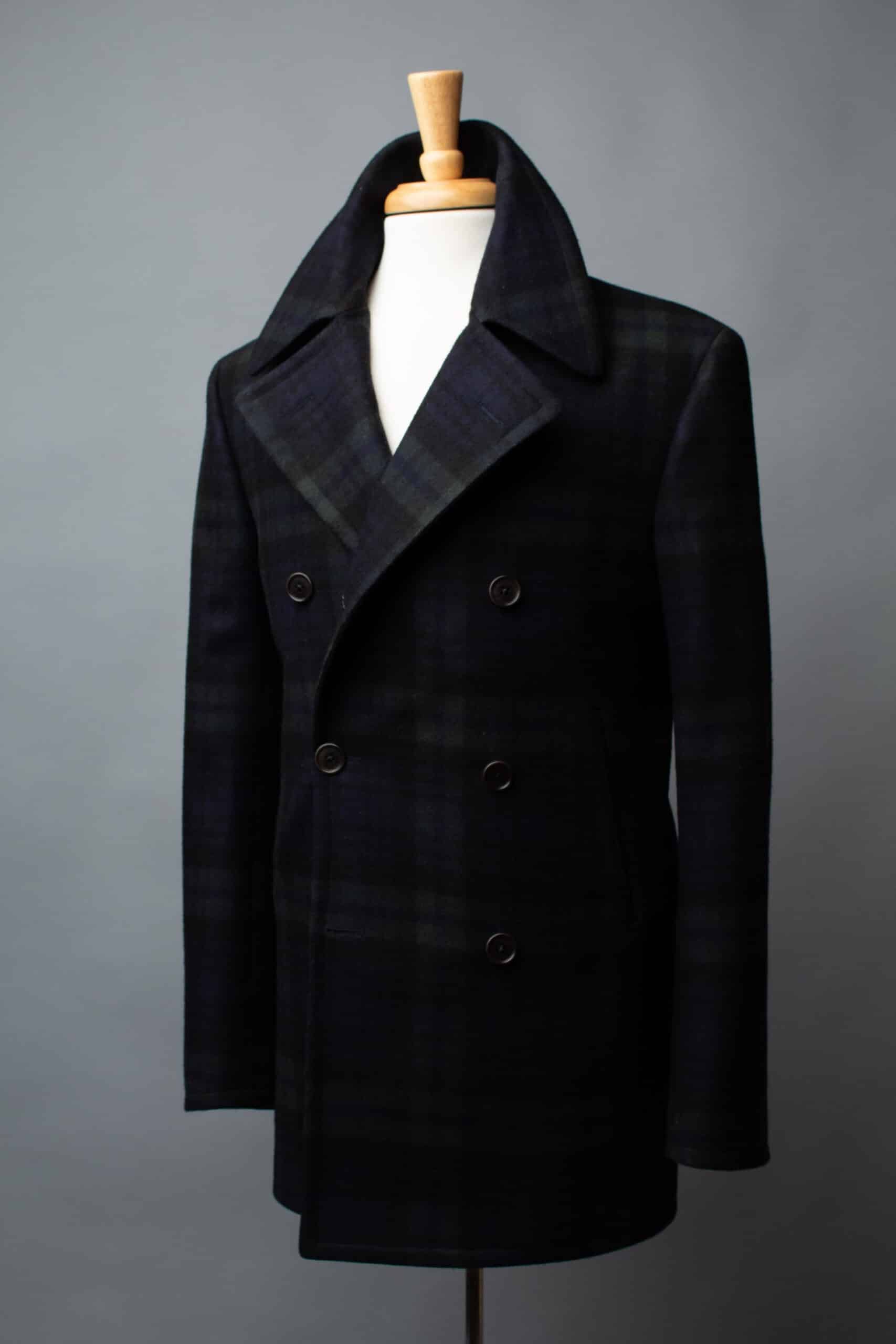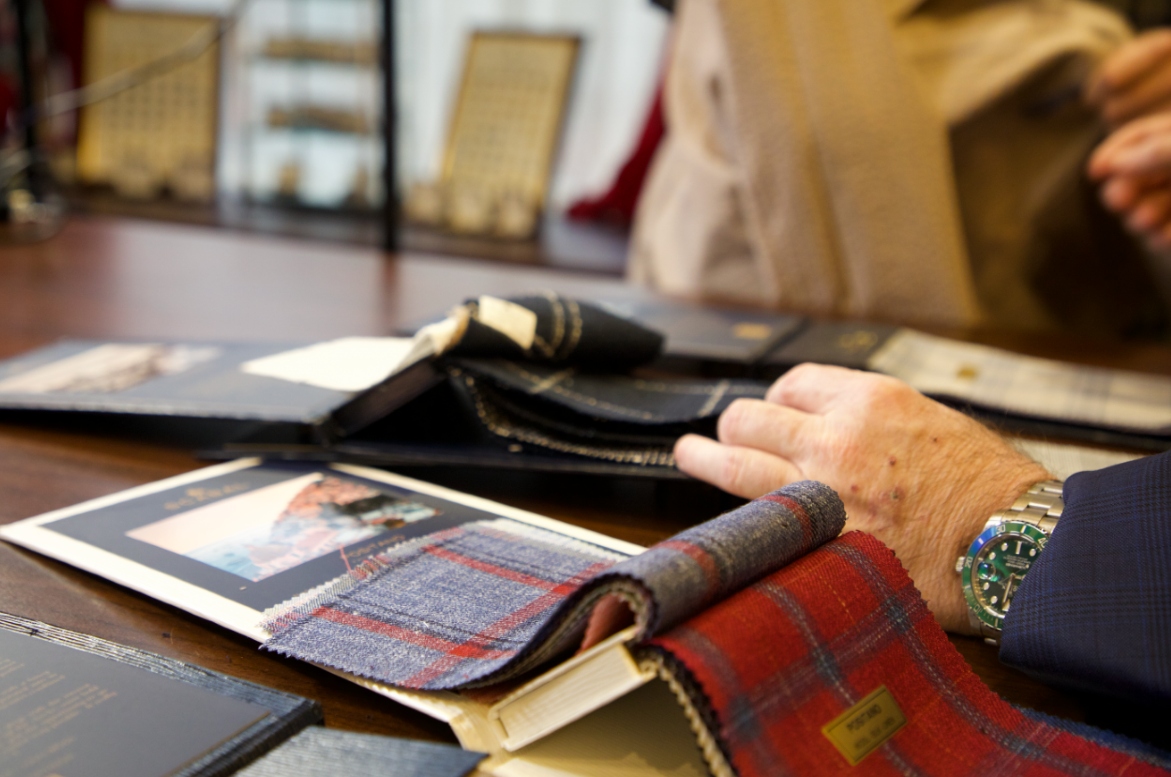Autumn is the time of love in Philadelphia: golden leaves, rich colors, and crisp air. While an upcoming wedding is an exciting time, we know many grooms can get overwhelmed with all the details as the date creeps closer and closer. One mistake that we see time and time again is new grooms waiting for the last possibly second to start looking for a wedding outfit and leaves them in a precarious position of either overspending on rush fees to get something custom made or settling for an off the rack look that is just OK for their special day.
With this in mind we have a few pieces of advice for Philadelphia grooms looking for a suit for their fall wedding:
Set the Right Timeline
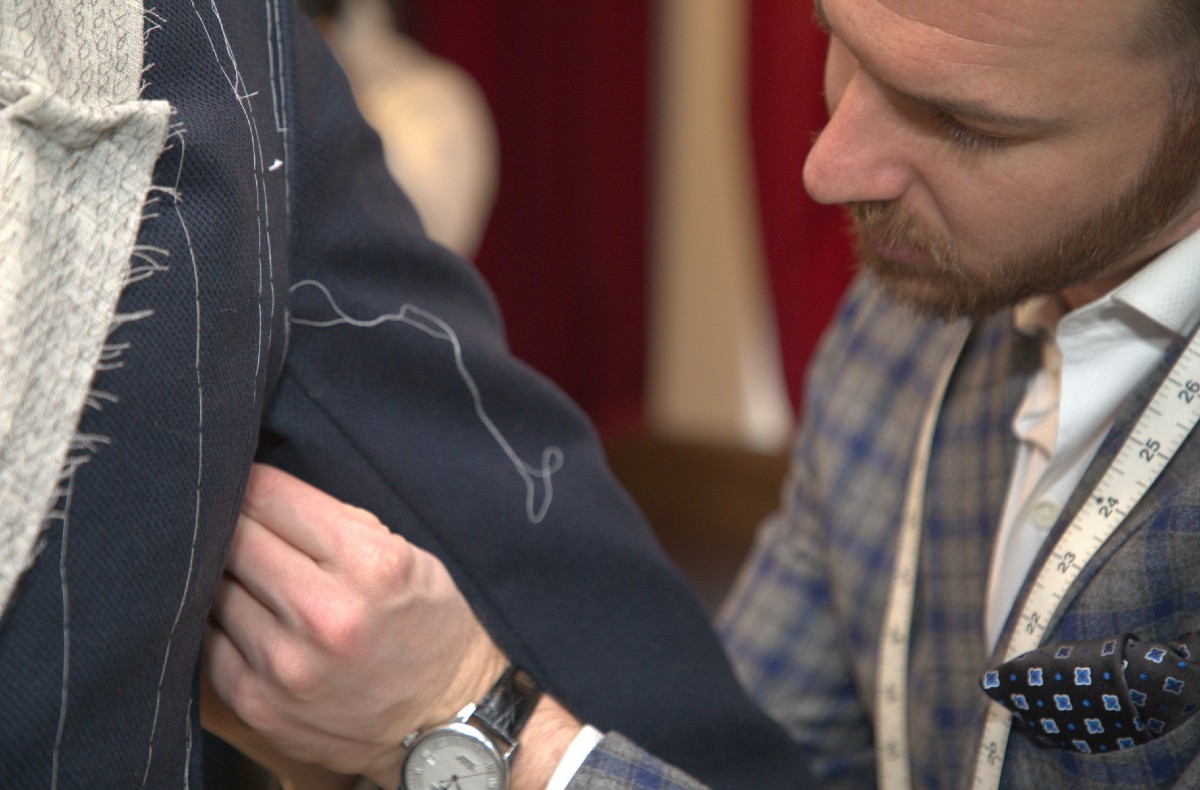 If there’s one mistake we see over and over again, it’s grooms waiting too long to get started. Whether you’re going full bespoke or buying off-the-rack, giving yourself enough time can make the difference between a confident walk down the aisle — and a last-minute scramble.
If there’s one mistake we see over and over again, it’s grooms waiting too long to get started. Whether you’re going full bespoke or buying off-the-rack, giving yourself enough time can make the difference between a confident walk down the aisle — and a last-minute scramble.
Here’s a general guide to lead times:
Bespoke Suit
🕒 First-time clients: 10–12 weeks
🕒 Repeat clients: 5–6 weeks
A bespoke suit is built entirely from scratch — a personalized pattern, hand-cut fabric, and multiple fittings to refine the shape. It’s the most time-intensive (and rewarding) option. First-timers should allow at least 3 months, especially if the wedding is in the fall when tailors are busiest. Returning clients with a pattern on file can move a little faster, but planning ahead is still key.
Made-to-Measure (MTM)
🕒 Typical turnaround: 6–8 weeks
Made-to-measure suits are created by adjusting an existing base pattern to your measurements. You’ll still choose your fabrics and details, and the result is highly personalized — but with a shorter production timeline than bespoke. This is a great option if you’re starting in late summer and want something dialed-in but efficient.
Curious about the difference between MTM and bespoke?
Read our blog: “Made to Measure vs. Custom: What’s the Real Difference?”
Off-the-Rack + Alterations
🕒 Allow 2–4 weeks minimum
If you’re purchasing a suit off-the-rack, you’ll still need time for tailoring. Hemming trousers, adjusting sleeves, shaping the jacket — even simple changes take time, especially during peak wedding season. Don’t assume you can walk out of the store ready to go. The earlier you buy, the better your fit will be.
No matter which route you go, start early. For a fall wedding, that means beginning the process in July or August at the latest. The peace of mind that comes from having your suit ready — with time to spare — is priceless.
How to Dress for Your Wedding — Not Just A Wedding
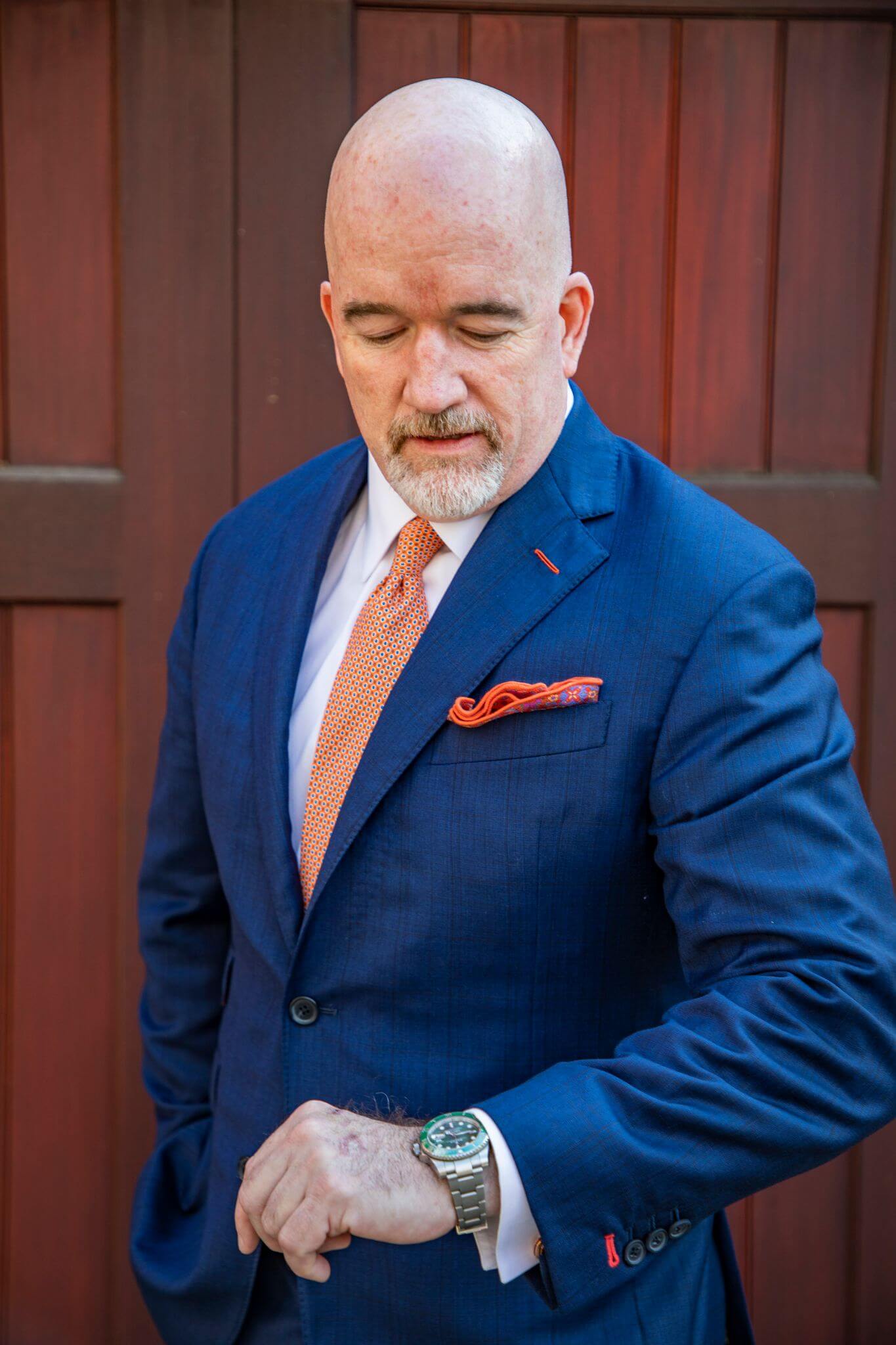
Your wedding suit should feel like it belongs — not just to you, but to the day itself. That means thinking about more than just color or style in isolation. It’s about how everything — your palette, your venue, your comfort — comes together in a single look.
Start With the Setting and Colors
Before diving into swatches, take stock of the bigger picture. What are the wedding colors? What is your partner wearing? Are the florals leaning into autumnal tones like rust, sage, or burgundy?
You don’t need to match the bridesmaids — and we’d argue you shouldn’t. Instead, look for ways to complement the palette. A deep navy or espresso brown suit works beautifully against fall foliage and warm-toned florals. Want a subtle nod to the theme? A forest green tie or copper pocket square brings seasonal character without stealing the spotlight.
Fit Is the Foundation
Whatever color or fabric you choose, the most important detail is how your suit fits. A great fit shows intention — it tells the room that you showed up for this moment.
Look for:
-
Shoulders that lie clean and flat
-
A jacket that defines your shape without constricting
-
Trousers and sleeves with just the right break and cuff
Whether you’re in a classic two-piece or something more expressive, a well-fitting suit will elevate everything else you wear.
Want more detail? Here’s our full guide to how a suit should fit.
Choose the Right Fabric for Fall
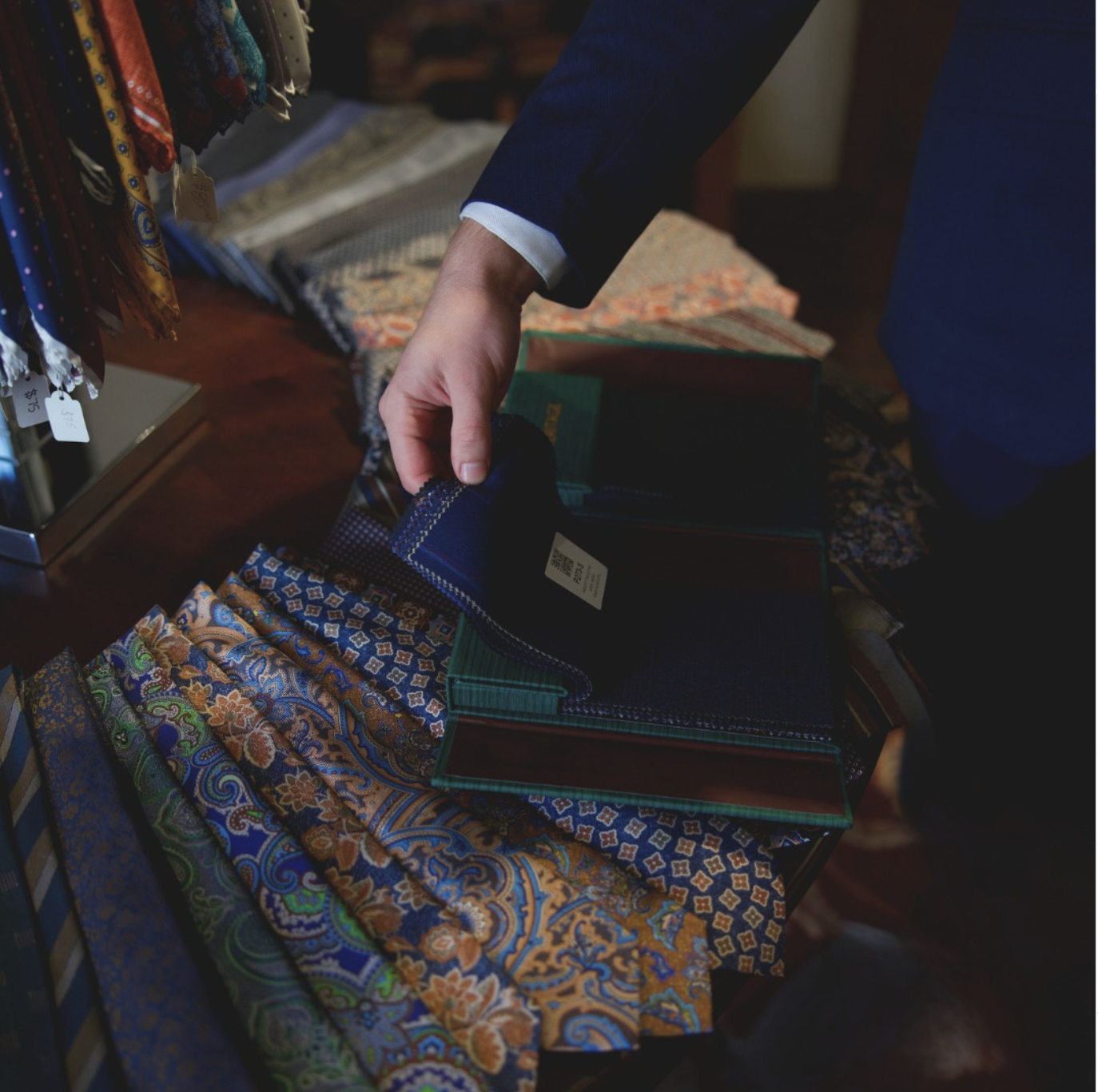
Philadelphia fall weather has a personality of its own — sunny and warm one week, brisk and chilly the next. The fabric you choose plays a big role in how your suit performs across this range.
Mid-weight wool and flannel are fall staples for a reason: they offer structure without heaviness and breathe well in fluctuating temperatures. If you’re marrying outdoors — say, in a vineyard or garden — slightly textured fabrics like hopsack or brushed twill can look at home in the natural light. Indoor wedding? A smoother finish adds polish under dim lighting or evening settings.
One of the benefits of going custom is that you can tailor not just the fit, but the fabric, lining, and weight to your exact wedding day — and still keep the suit wearable beyond the ceremony.
Add Personality — But Keep It Subtle
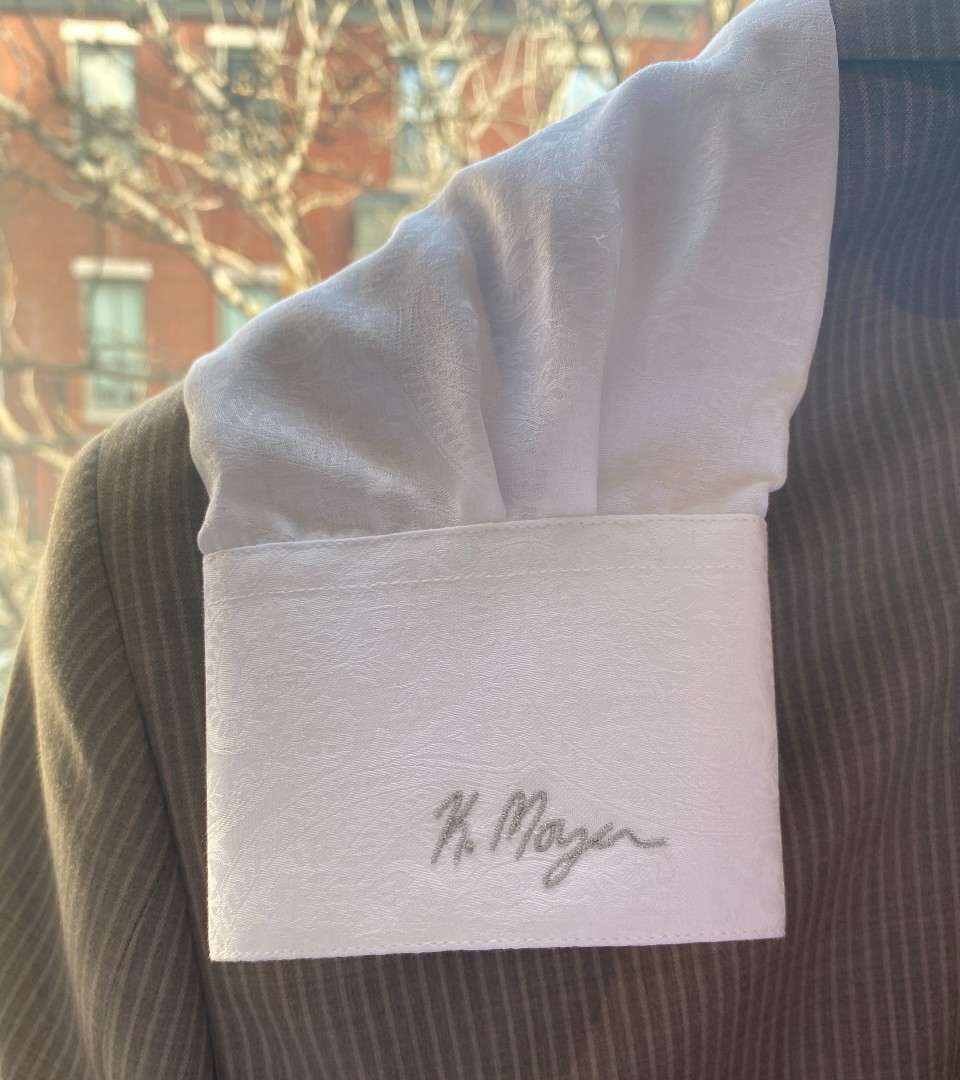
Your wedding suit doesn’t need to scream for attention. But small personal touches? Those make it yours.
Think:
-
A monogram on the inside jacket pocket
-
A custom lining that nods to your story
-
A contrasting boutonnière stitch on the lapel
You’ll still look timeless — but with just enough personality to make it feel special.
Look Sharp. Feel Like Yourself.
At the end of the day, your wedding suit should make you feel like the best version of yourself. Comfortable. Confident. Ready to walk down the aisle — and hit the dance floor.
Planning a fall wedding in Philly? We’d love to help you look and feel your best. Whether you’re ready to get started or just have questions about the process, we’re here.
👉 Request a Consultation
📧 info@henrydavidsen.com
📞 (215)310-0219
